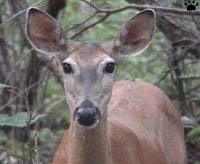
White-tailed deer (Odocoileus virginianus), De Soto NWR,
Indiana.
Wild, Wild East - Part 4
The area between the Appalachian Mountains and the Great
Plains is a transitional zone. Prior to the European invasion, much of it
was maintained as tallgrass prairie by native peoples, who periodically set fires
to keep forests from spreading westward.
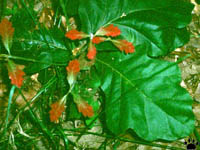
Bur oak (Quercus macrocarpa) often forms the
western edge of the forest. Schramm Park, Nebraska. |
Now this land is mostly forested, but still dotted
with hundreds of ancient mounds. Some of them are animal-shaped; a good place
to see them is Effigy Mounds National Monument in Iowa. |
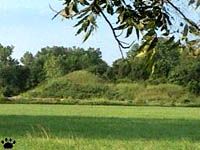
Indian burial mounds near Canadian River,
Oklahoma. |
 |
 |
 |
 |
 |
 |
 |
| Birds of southern Midwest,
left to right: scissor-tailed flycatcher (Tyrannus forficatus), Eastern
screech-owl (Otus asio), Mississippi kite (Elanus mississippiensis).
Alebaster Caverns State Park, Oklahoma. |
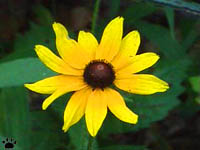
Many of the most beautiful flowers of the Midwest
belong to aster family (Asteraceae). Bush
coneflower (Echinacea paradoxa), Ozark Nat'l
Forest, Arkansas. |
The westernmost outposts
of the Eastern flora and fauna are deep canyons that penetrate Llano Estacado,
the elevated part of the Great Plains in Texas. Birds, trees and reptiles inside
the canyons are mostly of Eastern origin. |
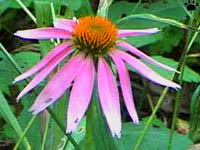
Just in one genus, Echinacea, there are at least
twenty colorful species. Purple coneflower (E.
purpurea), Ozark Nat'l Forest, Arkansas. |
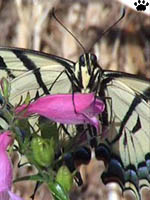 |
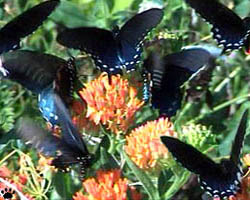 |
 |
| Butterflies of the Midwest,
left to right: Papilio multicaudata, P. philenor, Epargyreus
clarus. Ozark Nat'l Forest, Arkansas. |
 |
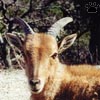 |
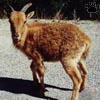 |
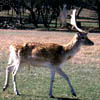 |
| Barbary sheep (Ammotragus
lerva), introduced from Northern Africa, and fallow deer (Cervus dama),
introduced from the Mediterranean, Fossil Rim, Texas |
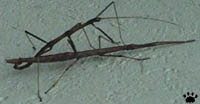
Diapheromera walking-sticks, Palo Duro. |
Texas also has a lot of introduced species. Two
large mammals - fallow deer and Barbary sheep - are more easy to see here than
in their original range. |

Fallow deer, Colorado Bend, Texas |
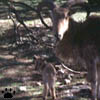 |
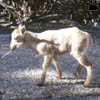 |
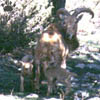 |
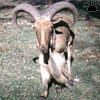 |
| Barbary sheep, Palo Duro
Canyon, Texas |

Red wolf (Canis rufus),
Fossil Rim, Texas |
Not all native mammals of the East
are doing as good as the introduced ones. Red wolf (Canis rufus) has barely
escaped extinction. Marine mink (Mustela ), Pennsylvanian bison (Bos
bison pennsylvanicum), Eastern elk (Cervus elaphus americanus) and
some others haven't been so lucky - they are as dead as dinosaurs, without even
fossilized tracks left. |
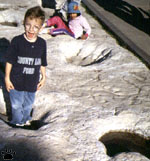
Apatosaurus tracks,
Dinosaur Valley, Texas |
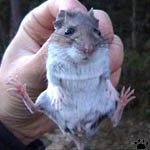 |
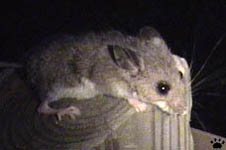 |
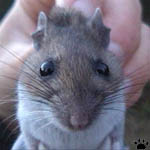 |
| White-footed mouse (Peromyscus
leucopus) is one of the most widespread mammals in the East, but some races
are now extinct or endangered. Hoosier National Forest, Indiana. |
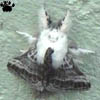
Tolype sp, Kansas. |
Well, at least all insects are still
there, a lot of them. Many butterflies, moths, and grasshoppers of the East look
very tropical. Those huge creatures look totally out of place in the temperate
forests and grasslands of the Midwest, and even more so in the Northeast, where
giant dobsonflies (Corydalus) and cecropia moths (right) also occur. |
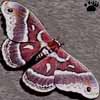
Hyalophora sp., Kansas. |
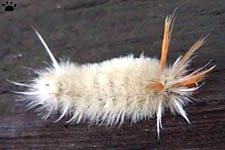
Halysidota caterpillar, Daniel Boon State Forest, Missouri.
Part 5. Big Bend
Back to Part 3
Home
|